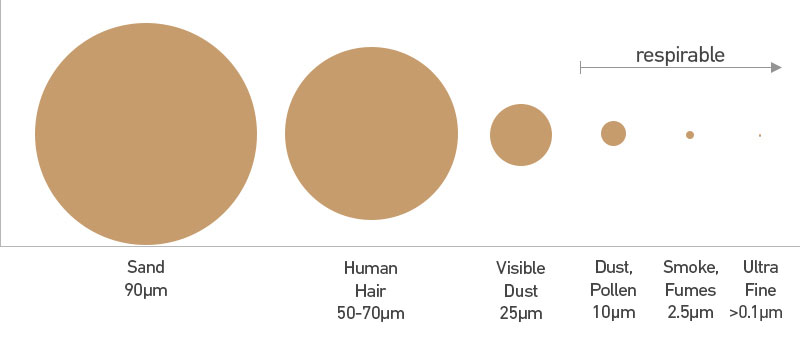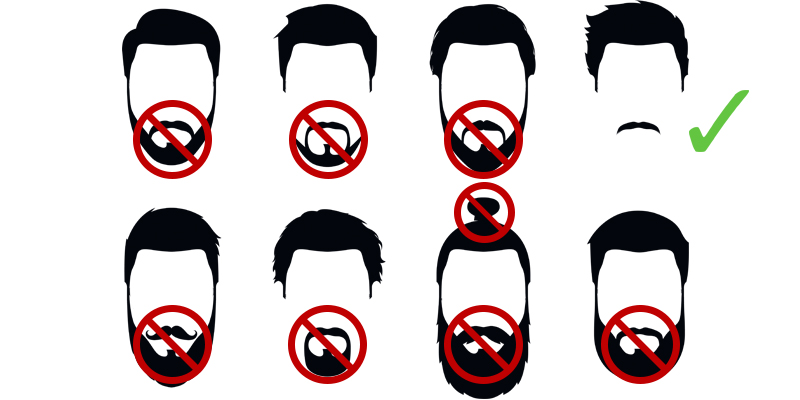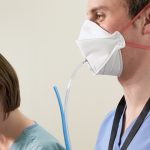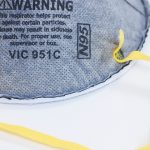Is your facial hair fit for fit testing? (repost)
*This is a repost of an article we first published back in 2018. While times may have changed in recent weeks, facial hair guidelines for fit testing have not. Check our PortaCount resources page for further guidance.
To beard or not to beard. That is the question.
Did you know that facial hair in the sealing surface of a respirator can allow contaminants to leak into the mask?
Human hair is much larger in diameter than particles such as dust, smoke, mould and diesel particulate that could cause adverse health effects. This means if the respirator masks seals against human hair, there is ample space between the skin and the hair for particles to infiltrate the mask.
For the respirator to provide the assigned protection factor, the respirator must form a tight seal to the user’s face which can be comprised by having facial hair.
Unfortunately, guys, this means that wonderful beard you’ve been cultivating may have to go if wearing a properly fitting mask is a requirement at your workplace.
However, there’s still hope – keep reading for our guide on what facial hair you can keep when being fit tested, or ask us a question using the contact form provided.
Ask us a question
Particles under 10 microns in diameter are defined as respirable, meaning that these can penetrate the unciliated airways of the lungs, potentially resulting in chronic respiratory health issues. Human hair is on average 50-70 microns, and therefore much larger than these particles.

Fit Testing standards do not permit facial hair that interferes with the sealing surface of the respirator or interferes with the valve function of the respirator; for the respirator to provide the assigned protection factor, the respirator must form a tight seal to the user’s face.

So, unless you are rocking a moustache, it’s time to break out the razor.
For more information, read TSI RFT-025 Facial Hair Guidelines for Fit Testing AppNote.
The best equipment to conduct a successful fit test (other than a razor)? You can count on the full range of PortaCount fit testers from TSI, including the new 8040 and 8048.
Related news:
PortaCount Safe Use Guidance
We have collated the following resources to provide guidance on how to best protect your and those you are fit testing from exposure to COVID-19.
Are your N95 respirators properly fit tested?
The effectiveness of N95 respirators to control exposures to airborne infectious diseases is highly dependent on proper fit. Be prepared with PortaCount.
COVID-19 – Be prepared in less time
The 2019 Coronavirus (COVID-19) is a public health emergency that healthcare facilities and workers are preparing for worldwide.




